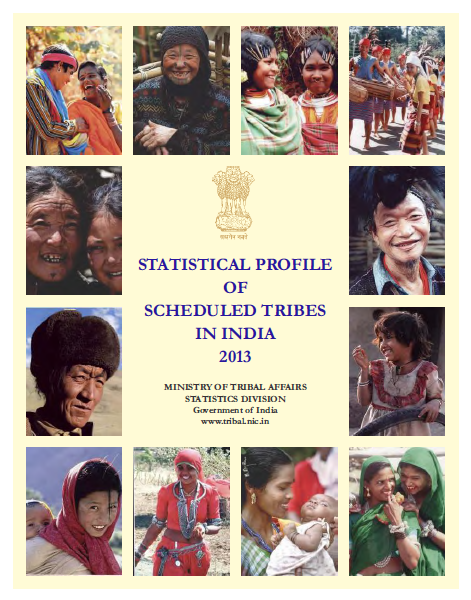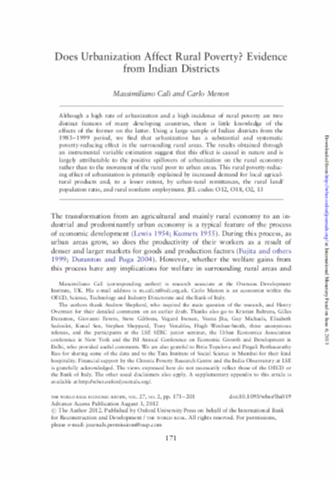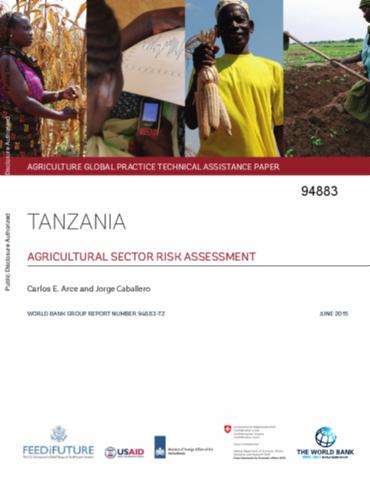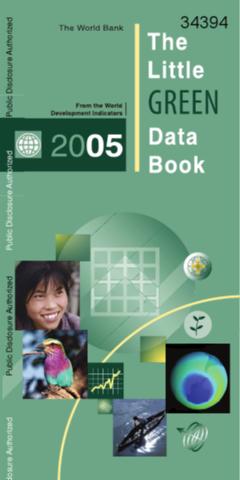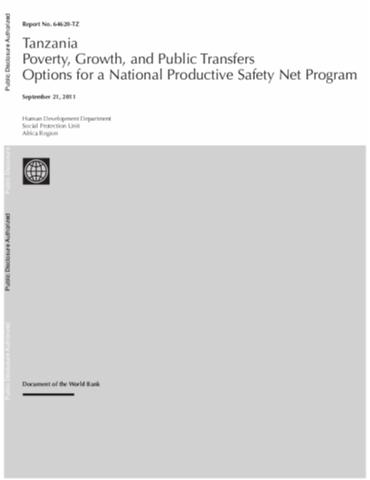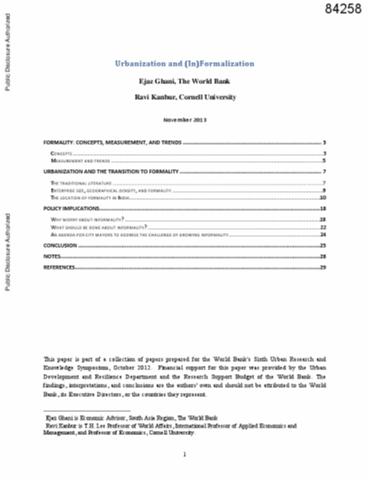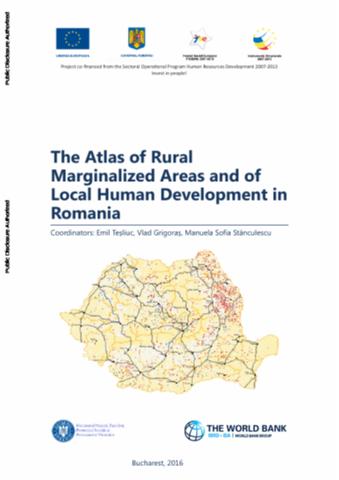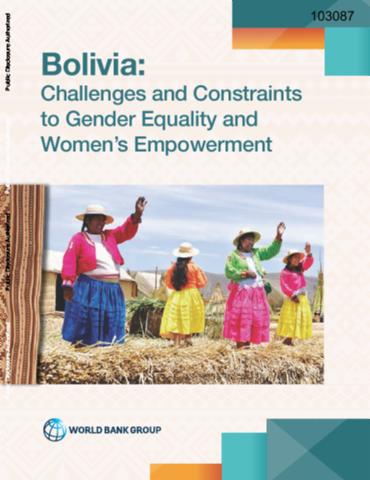Community perception of biodiversity conservation within protected areas in Benin
Commitment of local communities to protected areas is essential for conserving biodiversity. However, in many developing countries like Benin, former management strategies kept human from protected areas using coercion. Fortunately, more recent regimes attempt to give local populations more control on the management but little is known about local residents' perceptions, beliefs and attitudes toward the management of these areas.


